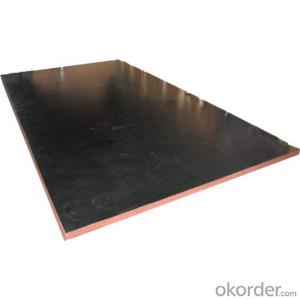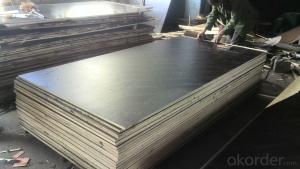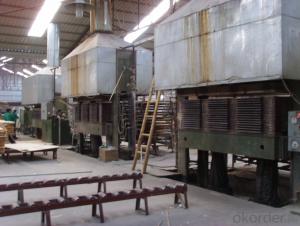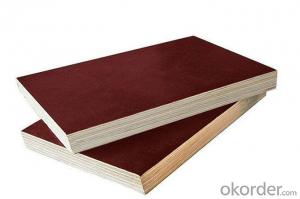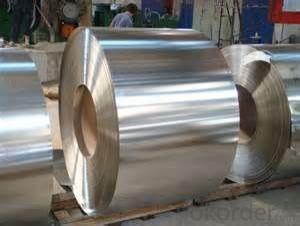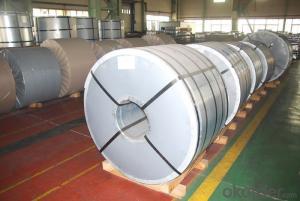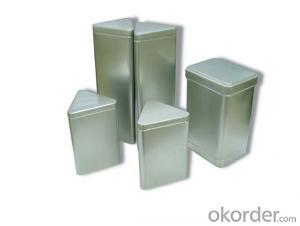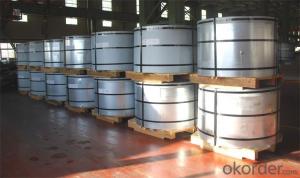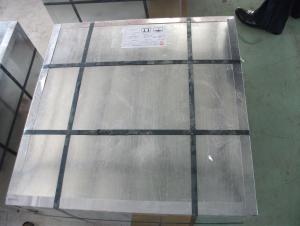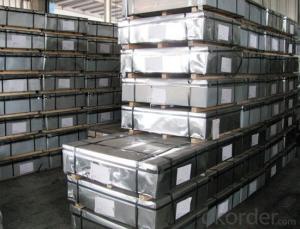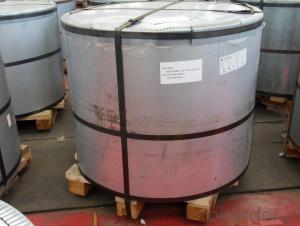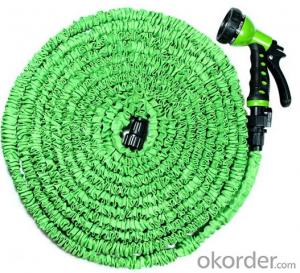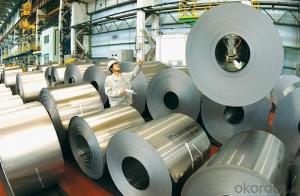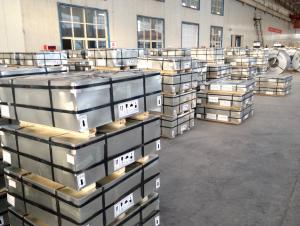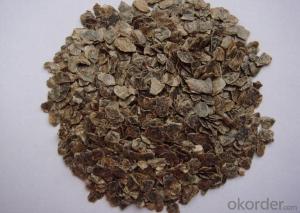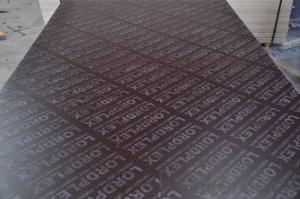Tinplate Times
Tinplate Times Related Searches
Black Melamine Faced Chipboard Tinplate Times FacebookHot Searches
Cost Of Plywood Per Square Metre Cost Of Plywood Waterproof Plywood Cost Cheapest Place To Buy Plywood Wholesale Plywood Prices Plywood Sheets Prices Cheapest Plywood Prices Melamine Faced Chipboard Suppliers Uk Local Plywood Suppliers Wholesale Glue Gun Price Philippines Wbp Plywood 18Mm Price Cheapest Place To Buy Plywood Wholesale Plywood Prices Plywood Sheets Prices Local Plywood SuppliersTinplate Times Supplier & Manufacturer from China
Okorder.com is a professional Tinplate Times supplier & manufacturer, offers integrated one-stop services including real-time quoting and online cargo tracking. We are funded by CNBM Group, a Fortune 500 enterprise and the largest Tinplate Times firm in China.Hot Products
FAQ
- Common defects found in tinplate packaging include: 1. Corrosion: Tinplate can be prone to corrosion, resulting in rust spots or holes in the packaging. This can compromise the integrity of the packaging and affect the quality and safety of the product inside. 2. Dents and scratches: During handling or transportation, tinplate packaging can get dented or scratched. These defects can be purely cosmetic, but in some cases, they may lead to leaks or damage to the product. 3. Poor sealing: Improper sealing of tinplate packaging can lead to leaks or contamination of the product. This can occur due to faulty machinery or inadequate quality control during the packaging process. 4. Print defects: Tinplate packaging often includes printed information or branding. Common defects in this area include misalignment, smudging, fading, or incomplete printing. These defects can affect the visual appeal of the packaging and the overall product presentation. 5. Manufacturing defects: Tinplate packaging can sometimes have manufacturing defects such as uneven edges, poor welds, or misaligned seams. These defects may weaken the packaging structure or cause sharp edges that could potentially harm consumers. It is important for manufacturers to have strict quality control measures in place to identify and rectify these defects, ensuring the safety, functionality, and aesthetics of tinplate packaging.
- You can do is tin iron electromagnet
- This kind of galvanized steel in a long time Chinese called "tin", some people think that the tin plate cans was made from the Guangdong province of Macao (English Macao for tinplate imports, readable) so called "tin".
- Tinplate packaging offers several advantages over plastic packaging. Firstly, tinplate is more durable and can withstand higher temperatures, making it suitable for preserving food and beverages. It also provides better protection against external factors such as sunlight, moisture, and oxygen, thus ensuring the longevity and quality of the contents. Additionally, tinplate is fully recyclable and has a higher recycling rate compared to plastic, making it a more sustainable choice. Lastly, tinplate packaging has a premium appearance that can enhance the product's perceived value and appeal to consumers.
- Tinplate is commonly used in various applications due to its unique properties. It is primarily used in the packaging industry for food and beverage containers, as tin coating provides excellent protection against corrosion and ensures product safety. Tinplate is also utilized in the manufacturing of aerosol cans, paint containers, and metal closures. Its versatility extends to the automotive industry, where it is employed for making fuel tanks, oil filters, and various automotive components. Additionally, tinplate finds applications in the construction sector for roofing, ductwork, and HVAC systems.
- Tinplate is manufactured through a process called electroplating, where a thin layer of tin is deposited onto a steel sheet. The steel sheet is first cleaned and then passed through an electrolyte bath containing tin salts. Electric current is then applied to the bath, causing the tin ions to be attracted to the steel sheet and form a uniform coating. This tin coating provides corrosion resistance and enhances the appearance of the steel sheet, making it suitable for various applications such as food cans and packaging materials.
- Tinplate and tin-free steel differ primarily in the presence or absence of tin coating on the surface. Tinplate refers to steel sheets or strips coated with a thin layer of tin, providing corrosion resistance and enhancing the appearance. In contrast, tin-free steel is steel that lacks this tin coating but may have other protective coatings, such as chrome or organic materials, to prevent rust and improve durability.
- Tinplate maintains its shape during the manufacturing process due to its inherent strength and durability, as well as the use of specialized machinery and techniques. The tin coating on the surface of the steel substrate provides an additional layer of protection, preventing deformation or warping. Additionally, the manufacturing process involves precise control of temperature, pressure, and other variables, ensuring that the tinplate retains its desired shape throughout the various stages of production.
